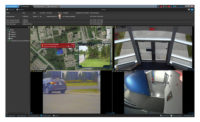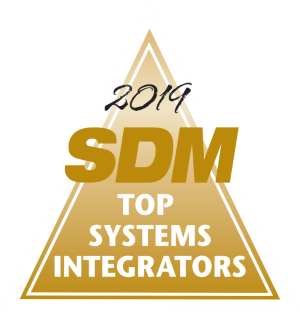
|
“Aging in Place” means remaining safe and independent at home. The digital home health technology industry has become a vehicle to ensure a more comfortable aging-in-place experience, without the fear of isolation or loneliness. New technology tools make it possible to receive the virtual care, socialization and support needed to remain in familiar surroundings. The massive aging of the population promises a strong potential opportunity for home care and technology solution providers.
Although most home care is provided by family, friends or volunteers, there is a growing trend to pay for in-home services, including companionship, grooming, handyman, light housekeeping, meal preparation, and errands. Increasingly, services are expanding to include health, socialization and wellness. Technology will enable individuals to stay home while having a significant, positive impact on health outcomes and cost.
Care and medical professionals have always provided exceptional hands-on care. However, technology solutions require an integrator to survey the home, choose and place activity sensors, set appropriate alerts, orient family caregivers, and deploy wireless technologies.
You, the technology integrator, can help people age in place. How?
1. Become familiar with available technologies. There are several options for doing this, including: locating and attending shows, conferences and educational events that highlight in-home socialization, wellness, and activity monitoring; contacting your distributors and asking about their resources for remote monitoring and tele-health; searching for other distributors who serve the digital home health market; and taking advantage of online webinars and blogs.
2. Partner with existing organizations to become a one stop shop for:
- PERS (Personal Emergency Response Systems)
- Activity monitoring, fall detection, and wandering solutions
- Communication, music therapy, reminders, and brain fitness
- Health and wellness assessment, medication management, and vitals recording
Don’t limit yourself. Consider providing competing and complementary solutions
3. Get in touch with your softer side by visiting senior centers, in-home care providers, churches, and offices on aging and disability. Familiarize yourself with acronyms and buzzwords, such as:
- ALF – Assisted Living Facility (similar to independent living but with added services)
- CCRC – Continuing Care Retirement Community
- CBRF – Community Based Residential Facility
- DME – Durable Medical Equipment (supplied for the home and may be reimbursable)
- EHR – Electronic Health Record
- HIPAA – Health Insurance Portability and Accountability Act
- HIS – Health Information System
- IL – Independent Living
- NORC – Over one-fourth of seniors live in Naturally Occurring Retirement Communities, where residents have aged together and stayed.
- SNF – Skilled Nursing Facility
- Universal Design – Environments usable by all people without little or no need for adaptation
Locate existing organizations that serve the home-bound seniors and disabled. Interview their staff. Identify their unmet needs. Check out available funding sources for pilots or other programs.
4. Become the recognized expert on aging in your community. You can partner with experts in financial and retirement planning; host seminars/webinars on in-home health and wellness; and give free presentations to homecare providers.
5. Research and stay up-to-date with payment options including:
- Private pay by the resident or family members
- Long-term care insurance or private or group health insurance
- Veterans or military benefits
- Medicare certified home health agency
Technology changes quickly, so continue investigating new solutions, concierge services, and changes in legislation. Be realistic. The market is huge, but acceptance of technology is slow. The tipping point is near. Believe that integrators who are capable and ready will win. The rewards will come — financially, emotionally and spiritually.
Contributed by the Custom Electronic Design & Installation Association. To learn more about CEDIA membership visit www.cedia.org/join.









